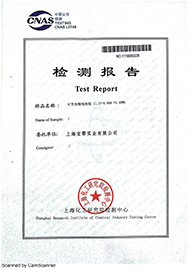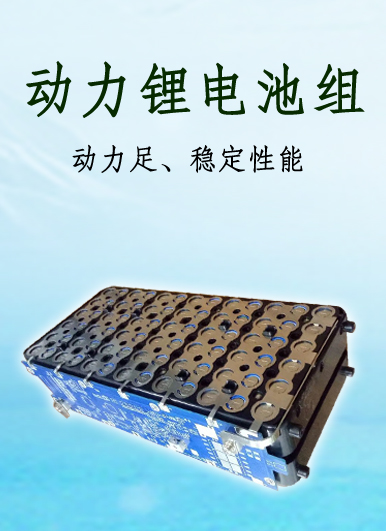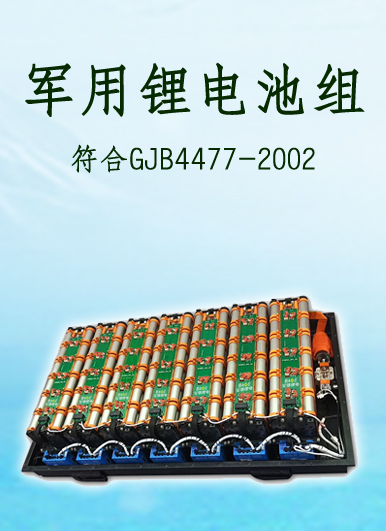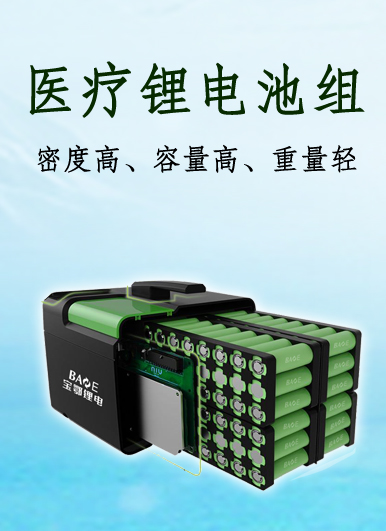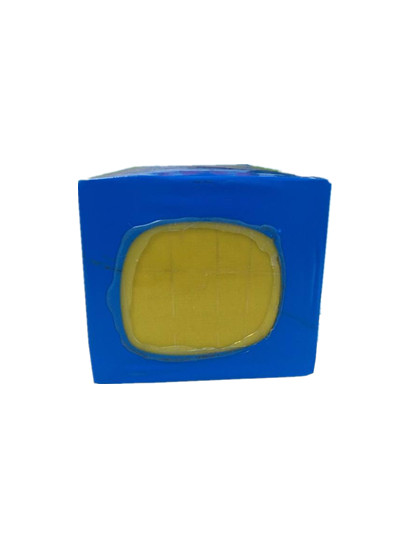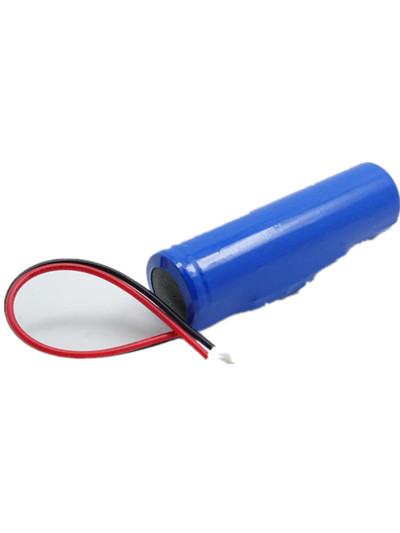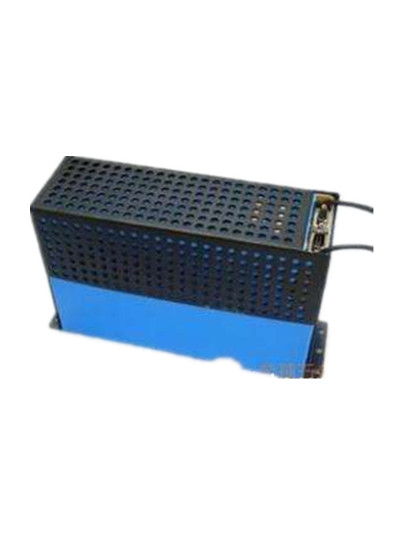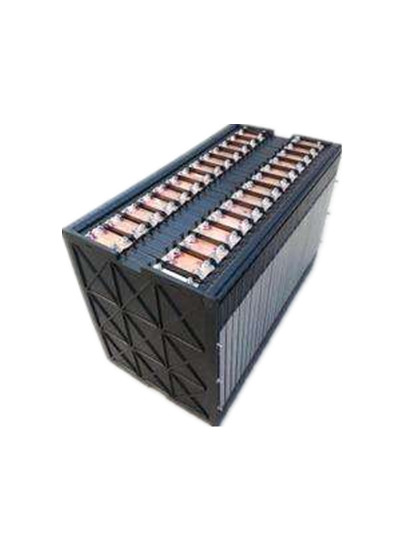磷酸铁锂电池使用密度更低的新材料打造壳体
来源:宝鄂实业
2019-06-24 10:59
点击量:次
1. Structural Design Requirements
Reliable structure: anti-vibration and anti-fatigue;
Controllable process: no over-welding, virtual welding, to ensure that 100% of the core is not damaged;
Low cost: PACK production line automation cost is low, including production equipment, production losses;
Easy to separate: Battery pack is easy to maintain and repair, low cost, and good use of the battery.
The necessary heat transfer isolation is achieved to avoid the rapid spread of thermal runaway. This step can also be considered in pack design.
Problem: The single energy density of the soft-clad core has a higher lifting space than that of the cylinder and the square, but it has a higher requirement for the module design and is difficult to control the safety. These are all problems that need to be solved by the structural design.
2. Thermal Design Requirements
The physical structure of the soft-wrapped core determines that it is not easy to explode. Generally, only the shell can withstand enough high pressure, it is possible to explode. When the inner pressure of the soft-wrapped core is large, it will start to relieve pressure and leak liquid from the edge of the aluminium-plastic film. At the same time, soft-wrapped cores are also several kinds of cores, with the best heat dissipation.
At present, the mainstream cooling mode has changed to liquid cooling and phase change material cooling. Phase change material cooling can be used in conjunction with liquid cooling, or alone in less harsh conditions. In addition, there is a process that is still widely used in China, glue filling. The heat conductivity is much greater than that of air. The heat emitted from telecommunications is transferred to the module housing by thermal conductive glue, and then further emitted to the environment. In this way, it is unlikely that the core will be replaced separately again, but to some extent, it also prevents the spread of thermal runaway.
Of course, it is not easy for lithium battery packed soft-packed cores to mature the liquid cooling technology. The fixing, sealing and insulation of the liquid cooling plate must be considered.
3. Electrical design requirements
Electrical design, including low-voltage and high-voltage two parts.
Low-voltage design, generally need to consider several aspects of the function. Through signal acquisition wiring harness, the battery voltage and temperature information is collected to the module slave control board or the so-called module controller installed on the module; the module controller generally designs the equalization function (active equalization or passive equalization or both); a small number of relay on-off control functions can be designed on the slave control board, or can be connected to the module controller through CAN communication; Group controller and main control board transmit module information.
High voltage design, mainly between the core and the core in series and parallel, as well as outside the module, designs the mode of conduction between the module and the module. Generally, only considering the mode of series connection between the modules. These high-voltage connections need to meet two requirements: first, the distribution of conductive components and contact resistance between the cores should be uniform, otherwise the single voltage detection will be disturbed; second, the resistance should be small enough to avoid the waste of electric energy in the transmission path.
4. Safety Design Requirements
Safety design can be divided into three retrogressive requirements: good design to ensure that no accident occurs; if not, accident occurs, it is best to give early warning, reflecting time; failure has occurred, then the design goal becomes to prevent the accident from spreading too quickly.
The first goal is to achieve a reasonable layout, a good cooling system and reliable structural design.
Secondary targets require sensors to be more widely distributed to every possible fault point, to detect voltage and temperature in an all-round way, and it is better to monitor the internal resistance of each core.
The lowest goal is to set fuses through cores and modules, and firewalls between modules and modules to design strength redundancy to cope with possible structural collapse after disasters. This is the direction of high performance soft package module.
5. Lightweight Design Requirements
Lightweight design, the most important purpose is to pursue the mileage, eliminate all redundant burdens, light loading into battle. And if lightweight can be combined with cost reduction, it will be a great joy.
There are many ways of lightweight, such as improving the energy density of the core.
In detail design, to ensure the strength of the pursuit of structural lightness (for example, choose thinner materials, dig larger holes in the plate);
Replace sheet metal with aluminium.
Use new materials with lower density to build shells, etc.
结构可靠:抗震动抗疲劳;
工艺可控:无过焊、虚焊,确保电芯100%无损伤;
成本低廉:PACK产线自动化成本低,包括生产设备、生产损耗;
易分拆:电池组易于维护、维修,低成本,电芯可梯次利用性好;
做到必要的热传递隔离,避免热失控过快蔓延,也可以把这一步放到pack设计再考虑。
问题:软包电芯的单体能量密度比圆柱和方形有更高的提升空间,但对模组设计要求较高,安全性不易把控,这都是需要结构设计解决的问题。
2、热设计要求
软包电芯的物理结构决定了其不易爆炸,一般只有外壳能承受的压力足够高,才有可能炸,而软包电芯内部压力一大,便会从铝塑膜边缘开始泄压、漏液。同时软包电芯也是几种电芯结构中,散热最好的。
当前主流的冷却方式,已经转变为液冷以及相变材料冷却。相变材料冷却可以配合液冷一起使用,或者单独在环境不太恶劣的条件下使用。另外还有一种当前国内仍然较多应用的工艺,灌胶。这里灌得是导热系数远大于空气的导热胶。由导热胶将电信散发的热量传递到模组壳体上,再进一步散发到环境中。这种方式,电芯再次单独替换不太可能但也在一定程度上阻止了热失控的传播。
当然锂电池包软包电芯要将液冷技术做成熟也并非易事,其必须考虑液冷板的固定,密封性,绝缘性等等。
3、电气设计要求
电气设计,包含低压和高压两个部分。
低压设计,一般需要考虑几个方面的功能。通过信号采集线束,将电池电压、温度信息采集到模组从控板或者安装在模组上的所谓模组控制器上;模组控制器上一般设计均衡功能(主动均衡或者被动均衡或者二者并存);少量的继电器通断控制功能可以设计在从控板上,也可以在模组控制器上;通过CAN通讯连接模组控制器和主控板,将模组信息传递出去。
高压设计,主要是电芯与电芯之间的串并联,以及模组外部,设计模组与模组之间的连接导电方式,一般模组之间只是考虑串联方式。这些高压连接需要达到两个方面的要求:一是电芯之间的导电件和接触电阻分布要均匀,否则单体电压检测将受到干扰;其次,电阻要足够小,避免电能在传递路径上的浪费。
4、安全设计要求
安全设计,可以分为3个倒退的要求:良好的设计,确保不要发生事故;如果不行,发生事故了,最好能提前预警,给人以反映时间;故障已经发生,则设计的目标就变成阻止事故过快蔓延。
实现第一个目的的,是合理布局,良好的冷却系统,可靠的结构设计;
次级目标,则需要传感器更加广泛的分布到每一个可能的故障点,全面检测电压和温度,最好监测每一颗电芯的内阻;
最低目标,则可以通过电芯和模组设置保险丝,模组和模组之间设置防火墙,设计强度冗余应对灾害发生后可能的结构坍塌。这都是高性能软包模组的方向。
5、轻量化设计要求
轻量化设计,最主要目的是追求续航里程,消灭所有多余负担,轻装上阵。而如果轻量化再能跟降成本结合,则更是皆大欢喜。
轻量化的道路很多,比如提高电芯能量密度;
在细节设计中,确保强度的情况下追求结构件的轻薄(比如选更薄的材质,在板材上挖更大的孔);
用铝材替换钣金件;
使用密度更低的新材料打造壳体等。
锂电池包行业市场前景广阔,未来竞争激烈。存能电气磷酸铁锂电池包具有体积小、重量轻、能量密度高、长寿命、绿色环保、无记忆效应等优势。相对于国内厂商而言在电池的一致性、稳定性、安全性、环保性、循环寿命等方面都有比较大的优势,对下游厂家的吸引力也很大。未来我国锂电池包地位将不断提升,迟早会成为一匹行业的黑马。


